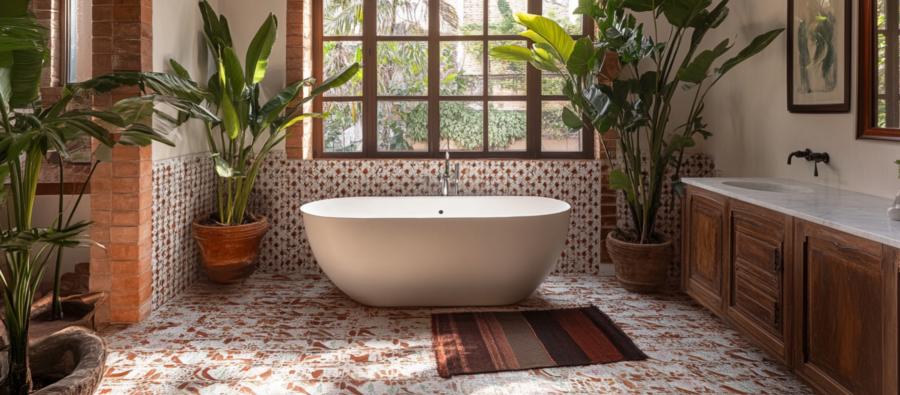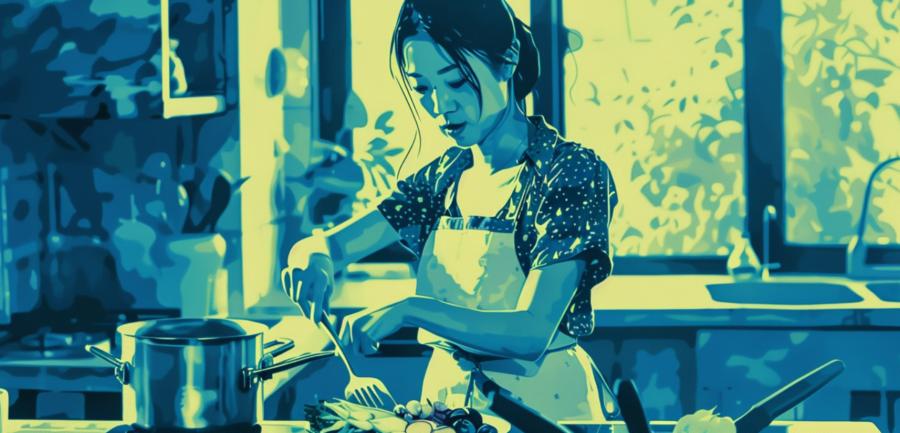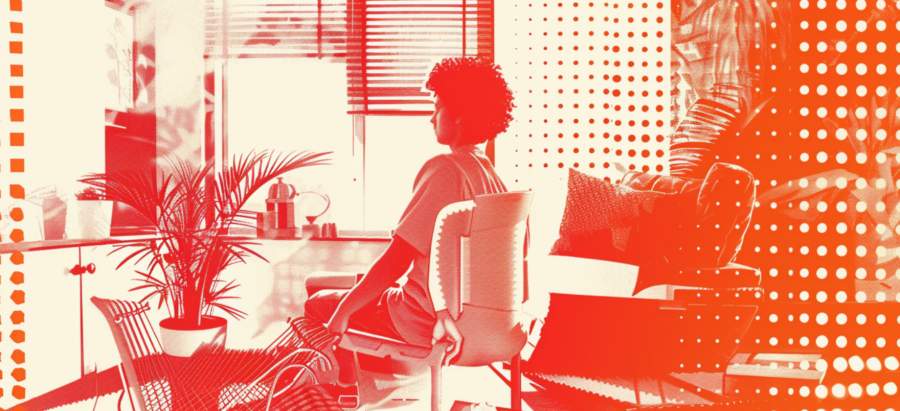The Psychology of Patterns: When Order Meets Chaos
Humans are wired to find patterns, even where there aren’t any (looking at you, clouds). But tessellated tiles? They provide structure without ambiguity. Regular patterns, such as hexagonal grids or herringbone designs, signal order and predictability. Your brain loves these neat, repetitive designs because they suggest stability—a feeling that things are under control.However, toss in an irregular pattern or a deliberately broken sequence, and suddenly your brain perks up. It sees a challenge, a puzzle to solve. These imperfect patterns can spark creativity or curiosity. That’s why so many cafes choose unconventional tile layouts—it keeps patrons lingering just a little longer, trying to mentally connect the dots.
Color and Mood: Tiles as Emotional Chameleons
Pattern alone doesn’t hold all the power; color plays a crucial supporting role. Blues and greens—earthy, soothing shades—tend to calm the mind. Bathrooms and spas often use tessellated tiles in these hues, subtly whispering, “Relax, you’re in safe hands.” Meanwhile, fiery tones like red or orange energize. Kitchens, with their bustling energy, frequently feature these stimulating colors in tessellations to keep your culinary creativity burning bright.The wrong combination, though, can backfire. Imagine a bright red and black checkerboard floor in a bedroom. Instead of soothing you to sleep, it might ignite feelings of unease—unless your dream job involves chess tournaments. Carefully balancing color and pattern is key to creating harmony.
The Optical Illusion Effect
Tessellated tiles can also play tricks on the eyes, sometimes to dramatic effect. Small spaces, for instance, can feel larger with the right pattern. A diagonal checkerboard layout elongates the perception of a room, while a simple grid locks it down to its true size. On the flip side, densely packed mosaics can make a cavernous space feel cozier.Ever heard someone complain about getting dizzy in a room? Overly intricate or high-contrast tessellations might be the culprit. The brain, overwhelmed by conflicting signals, can feel overstimulated. It’s like feeding a toddler sugar and expecting them to sit still.
Designing with Intent: Crafting the Right Atmosphere
Choosing tessellated tiles isn’t just about grabbing the first eye-catching design at the home improvement store. Each pattern and color carries a specific vibe, and understanding this can help you curate the mood of a space with precision.Want a peaceful sanctuary? Stick to soft, organic patterns in muted tones. Something like a honeycomb design in pastel blues or greens can make a bathroom feel like a private retreat. Conversely, if you’re after a lively, social environment—say, for a kitchen or dining area—bold geometric shapes in contrasting colors can stimulate conversation and energy. Chevron or Moroccan-inspired patterns in warm tones are popular choices.
For workspaces, opt for patterns that are visually engaging but not too busy. Subtle designs like herringbone in neutral shades strike a balance between focus and inspiration. After all, no one wants to feel like they’re working inside a kaleidoscope.
When to Break the Rules
Of course, rules are made to be broken—sometimes. There’s a certain charm in juxtaposing elements that shouldn’t work together but somehow do. Mixing patterns, for instance, can create a sense of playful chaos. But proceed with caution; combining, say, a bright harlequin pattern with a busy floral design might end up less “artsy eclectic” and more “accidental clown college.”The key is to find one unifying element, whether it’s a shared color palette or a common shape. Think of it as the grout that holds the madness together—literally and metaphorically.
Final Thoughts: A Tile for Every Mood
Tiles may seem like humble decor elements, but their influence on our perception and mood is anything but ordinary. From the calming symmetry of geometric grids to the vibrant energy of kaleidoscopic mosaics, tessellated tiles shape how we experience the spaces we inhabit.So, the next time you’re standing in a room, staring down at the floor or admiring a backsplash, take a moment to appreciate the psychological wizardry at play. And if you’re designing your own space, remember this: tiles aren’t just something to walk on—they’re a stage for your brain to dance.
Article kindly provided by tessellatedtilecosydney.com.au


